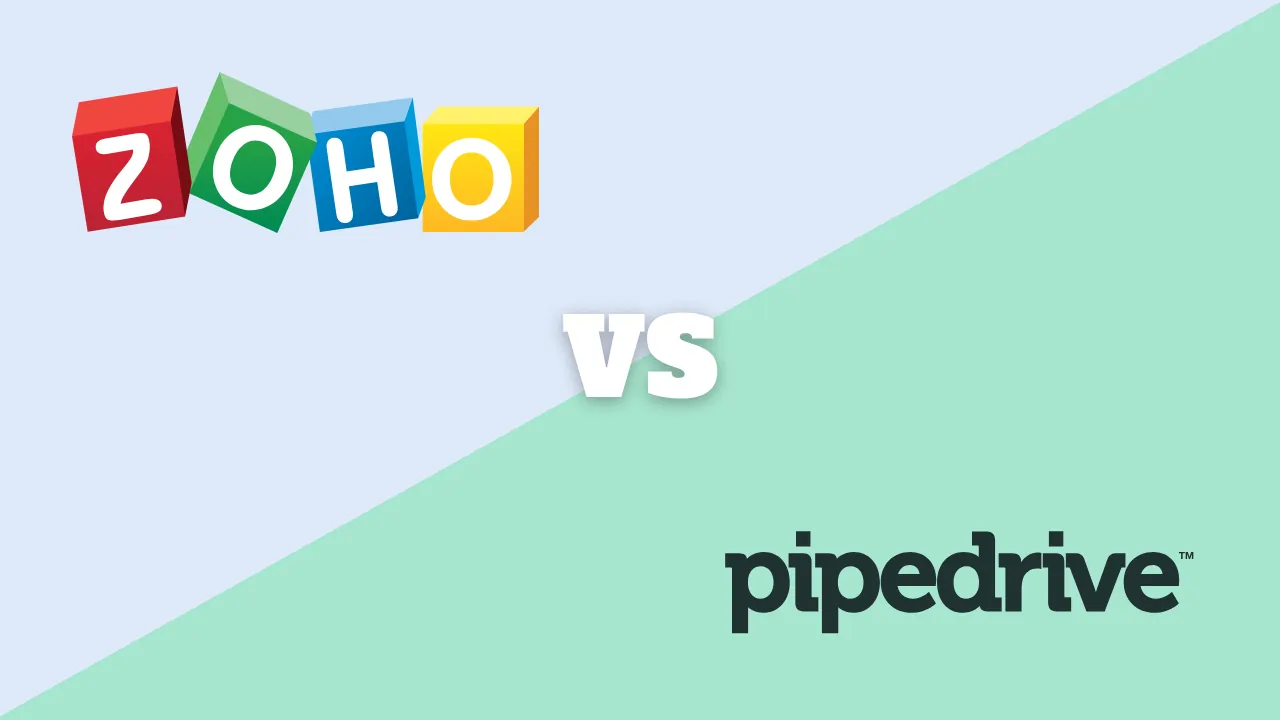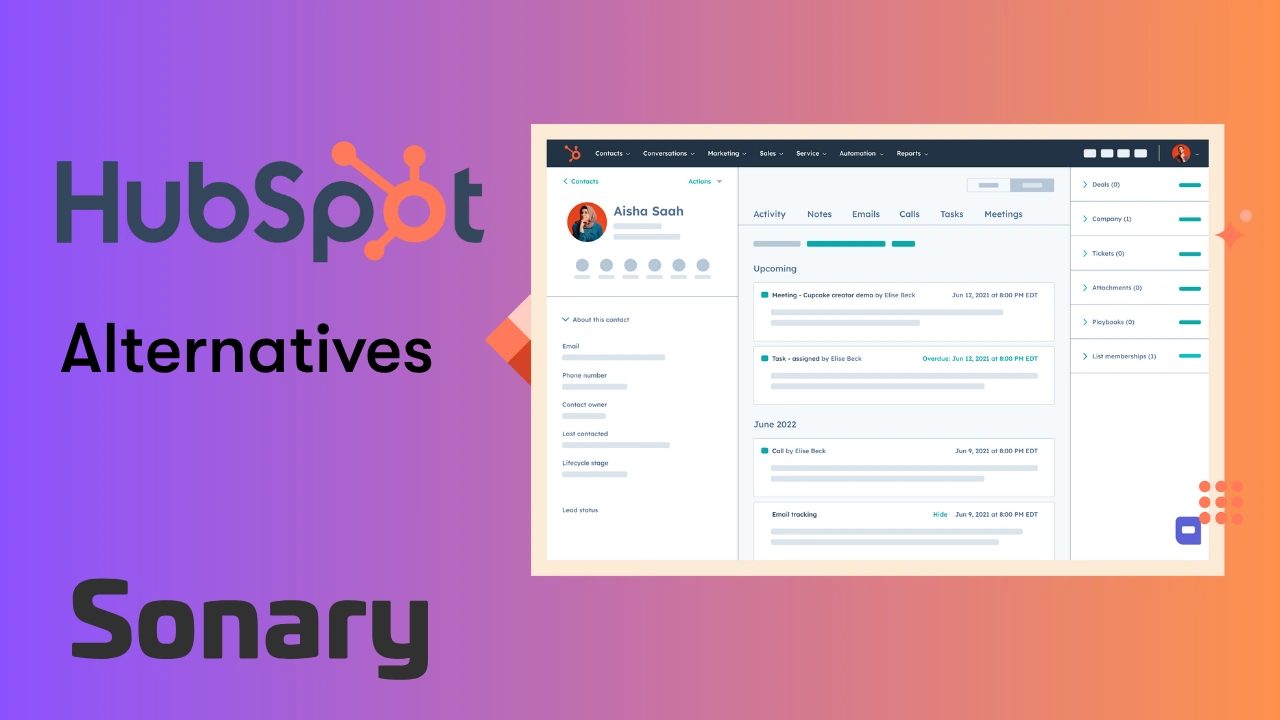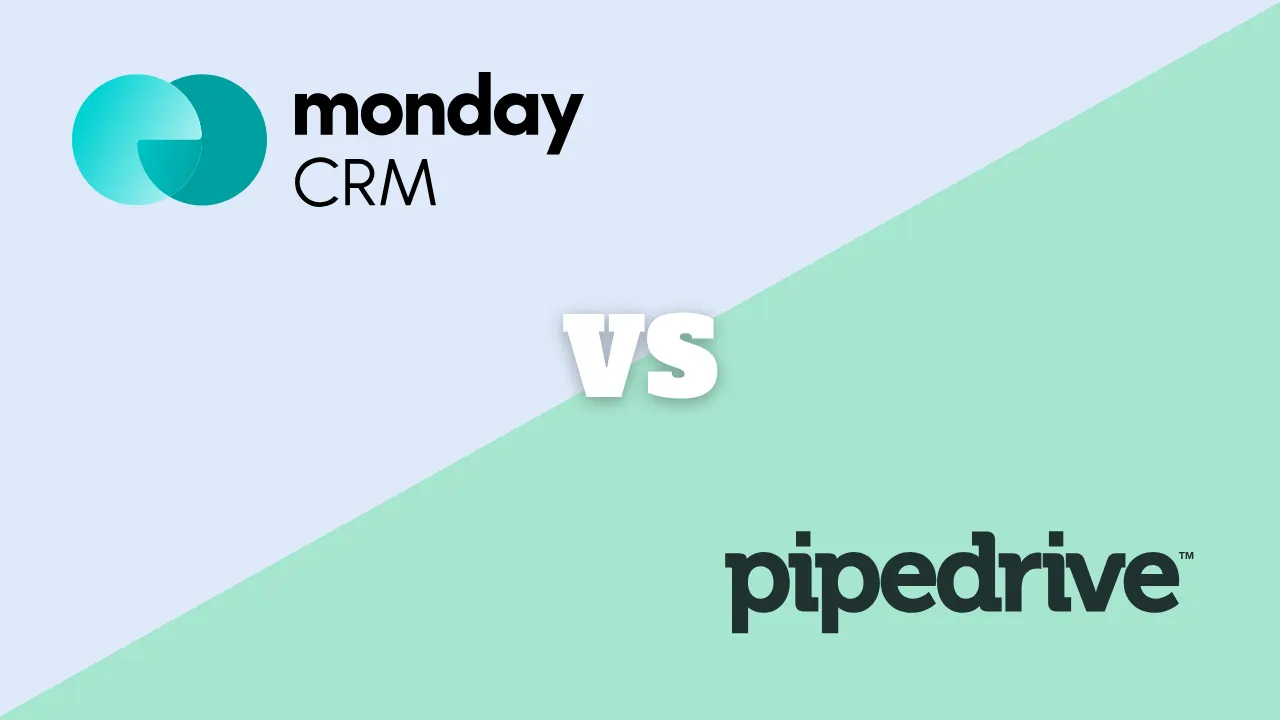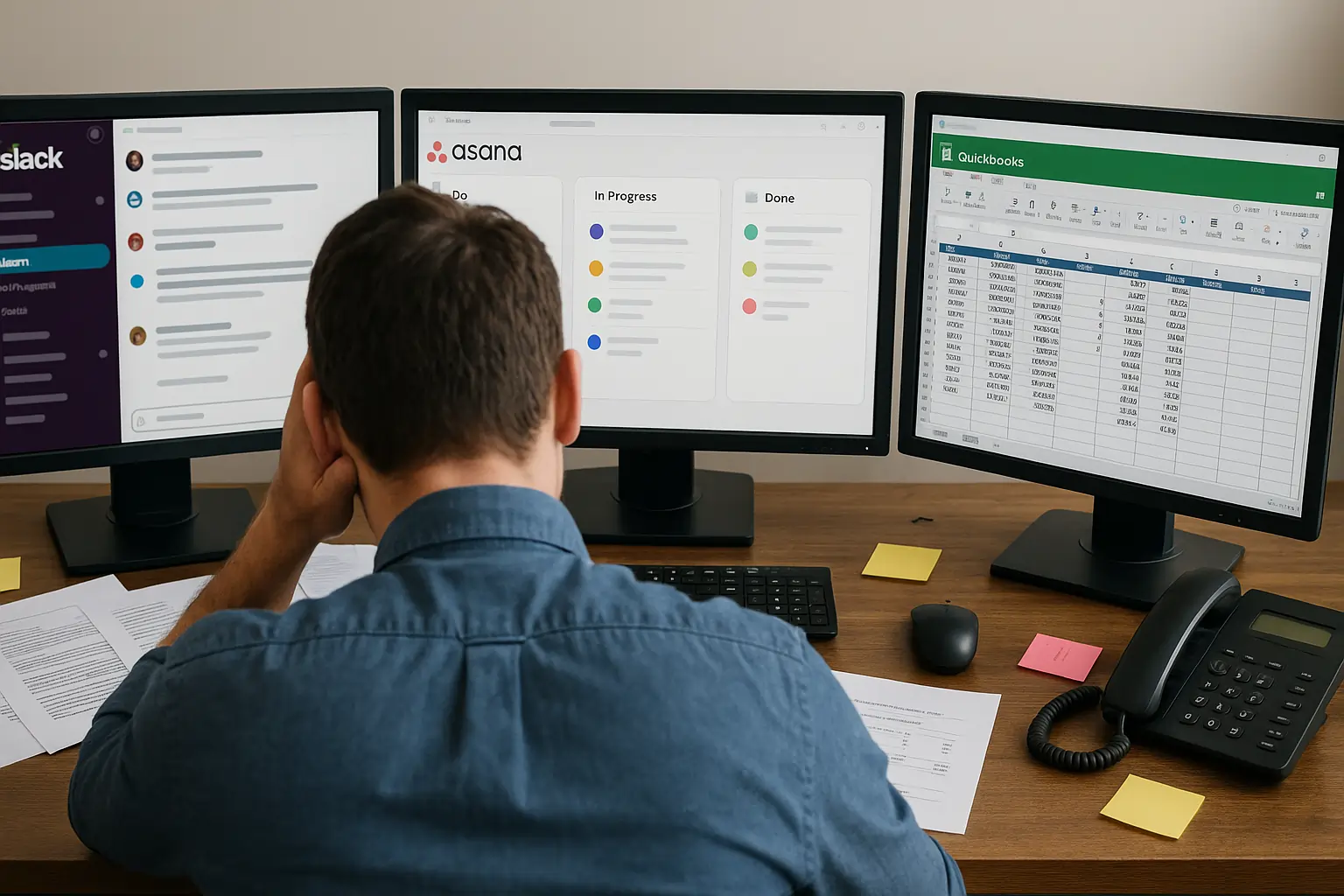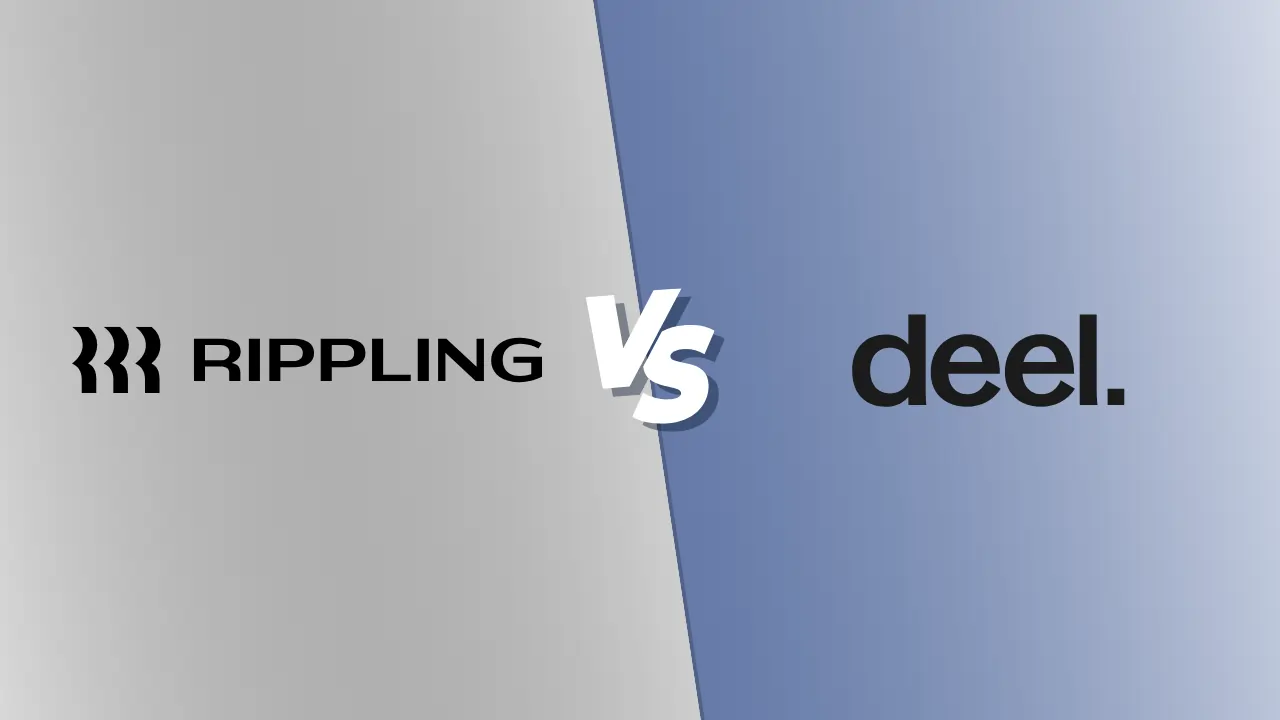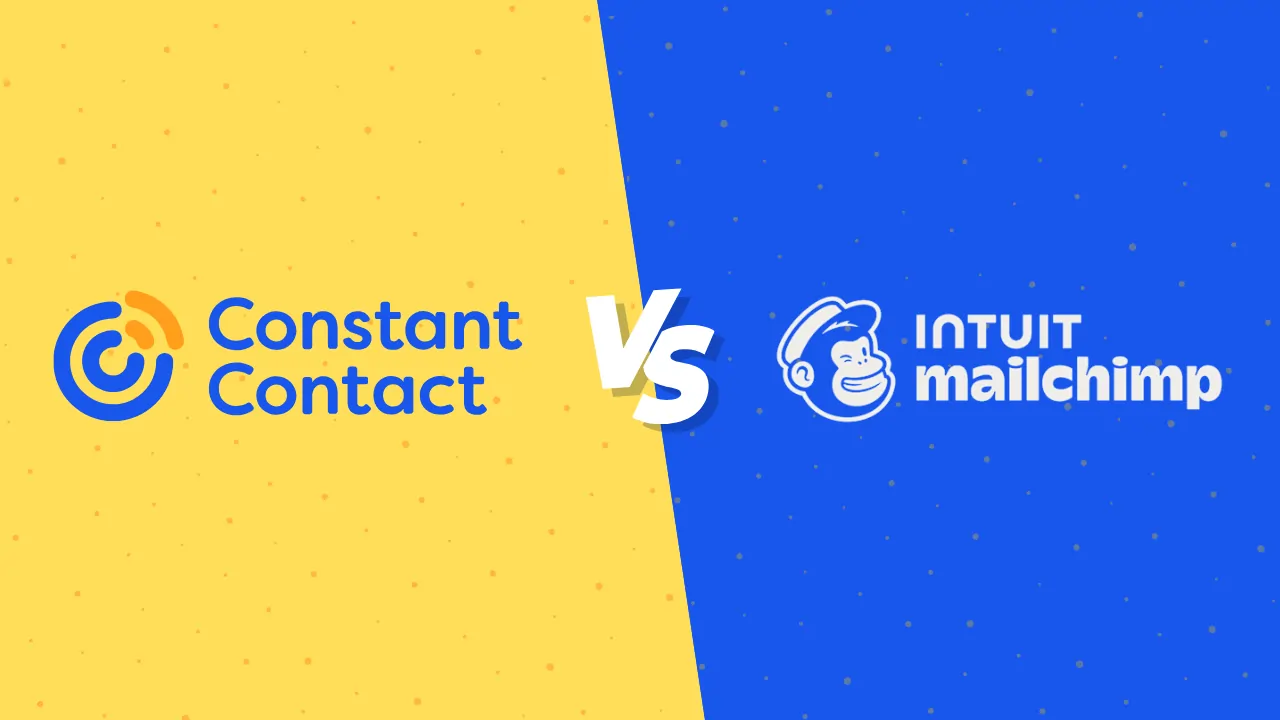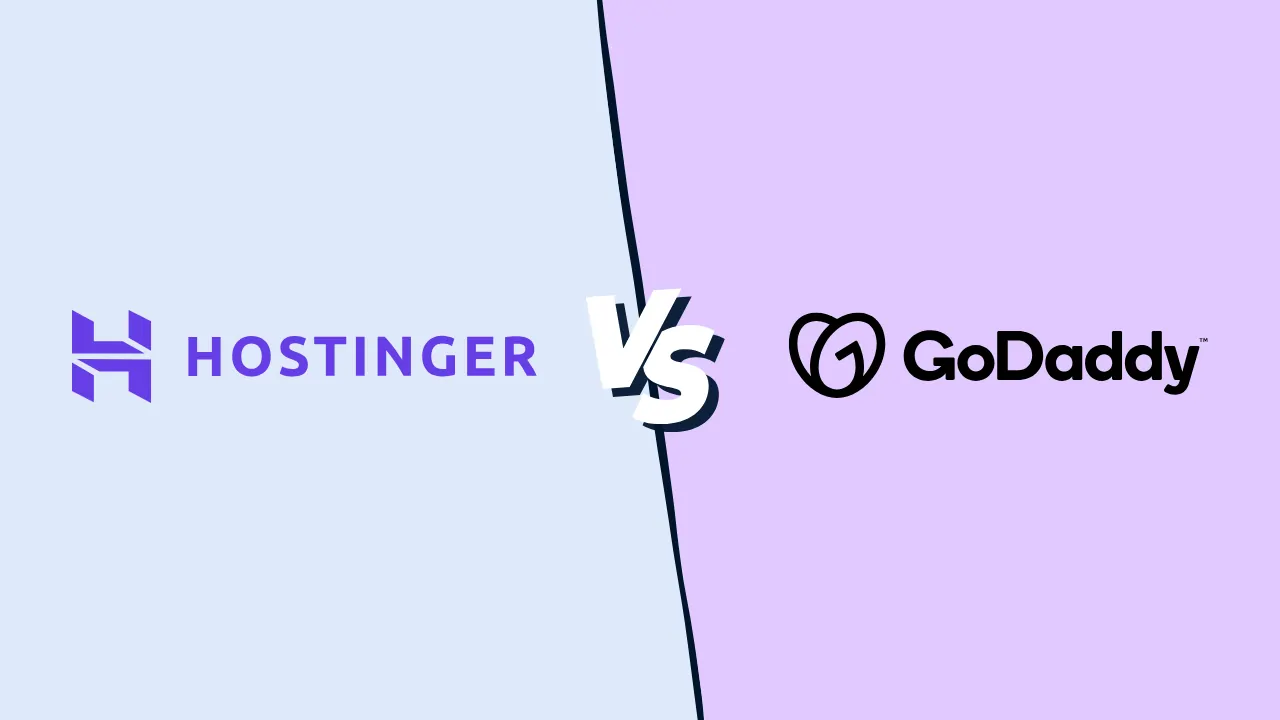How To Get Actionable Customer Feedback

Customer feedback is a crucial tool for businesses to improve their products and services, and one of the most effective methods is through customer feedback surveys. Think of customer feedback as the compass that points your business toward success — it shows you where to steer for smoother waters and brighter horizons.
There are several methods to get customer feedback, including CSAT surveys, NPS surveys, in-app questionnaires, data analysis, and even the good old paper feedback cards. With in-depth, quality customer feedback, your business can improve its marketing strategy, product development, and overall customer experience.
This guide will teach you multiple ways to get useful customer feedback and build your brand more accurately.
CSAT surveys are the most common methods for customer feedback
Why Collecting Customer Feedback is Important
Collecting customer feedback is essential for businesses, offering a wealth of benefits that can drive success. With this feedback, you can:
- Understand customer needs and preferences: Gain insights into what your customers truly want, allowing you to tailor products and services to meet their expectations.
- Identify areas for improvement: Uncover pain points in your offerings or processes and address them to enhance the overall customer experience.
- Enhance customer satisfaction: By acting on feedback, you can improve products and services, leading to happier customers who are more likely to return.
- Build customer loyalty: Demonstrating a commitment to listening and improving fosters trust, turning one-time buyers into long-term advocates.
- Make informed business decisions: Use data-driven insights to guide strategic choices, ensuring your resources are directed toward what truly matters to your customers.
- Stay ahead of the competition: Customer feedback helps you stay aligned with market trends and customer expectations, keeping your business competitive.
- Build trust and credibility: Showing that you value customer input reinforces your reputation as a business that cares about delivering quality and satisfaction.
By prioritizing customer feedback, businesses can create a positive cycle of continuous improvement and growth.
What’s a Customer Feedback Strategy
A customer feedback strategy is a plan for collecting, analyzing, and acting on customer feedback. It involves identifying the goals and objectives of collecting feedback, selecting the right methods and tools, and ensuring that feedback is integrated into the decision-making process.
An effective customer feedback strategy should include the following elements:
- Define clear goals and objectives for collecting feedback: Understand what you want to achieve with the feedback. Are you looking to improve a specific product feature, enhance customer service, or understand overall customer satisfaction?
- Choose the right methods and tools for collecting feedback: Depending on your goals, select the most appropriate methods, such as surveys, interviews, or social media polls. Utilize tools that make it easy to gather and analyze feedback.
- Ensure that feedback is integrated into the decision-making process: Make sure that the feedback collected is reviewed and considered in your business decisions. This helps in making informed choices that align with customer needs.
- Analyze and act on feedback in a timely and effective manner: Regularly review the feedback and take necessary actions to address any issues or implement suggestions. Timely responses show customers that their opinions matter.
- Respond to customers and show that their feedback has been heard: Follow up with customers to close the feedback loop. This builds trust and encourages ongoing engagement.
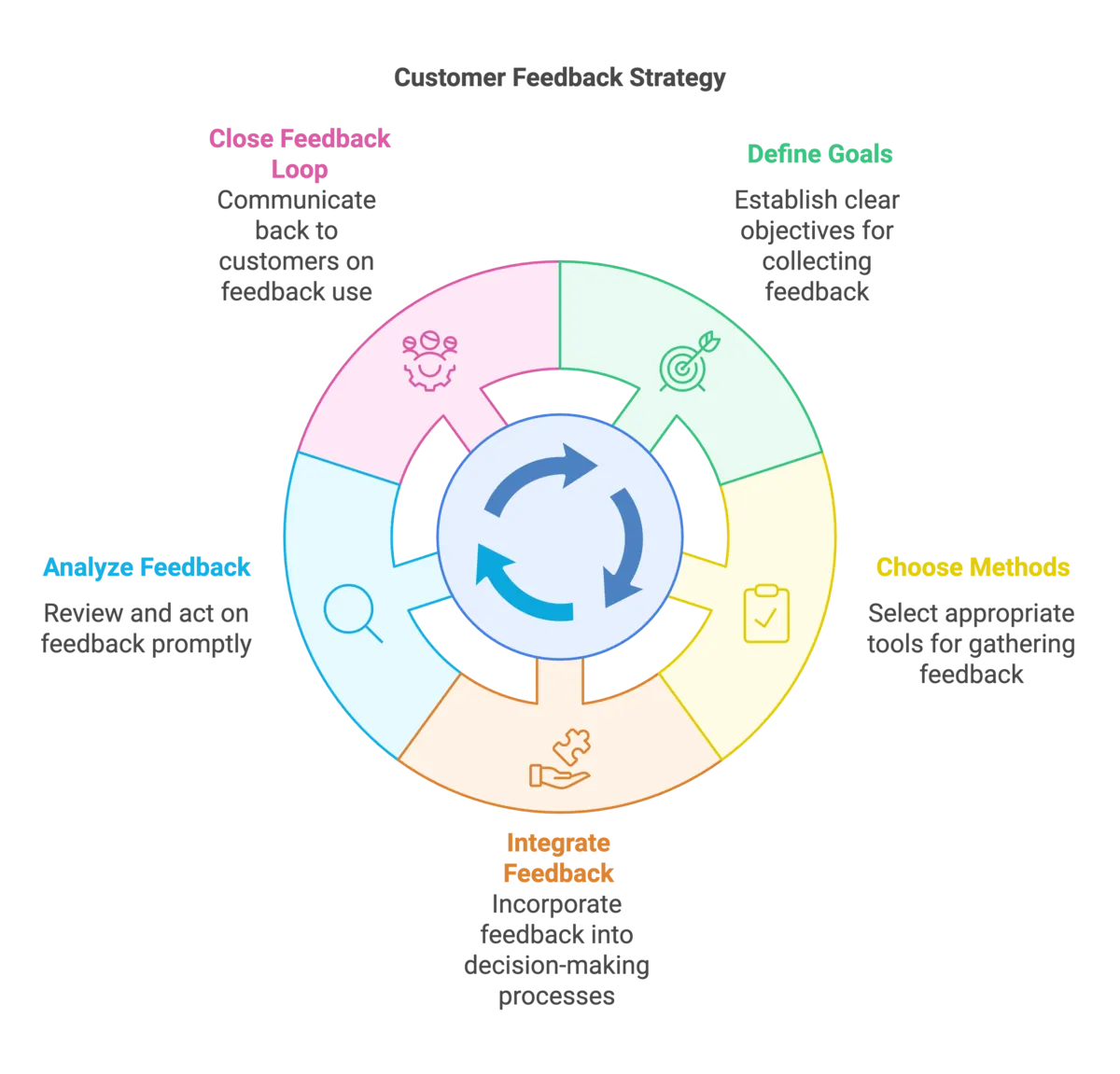
Cultural Sensitivity and Feedback
Understanding cultural nuances is essential for businesses operating globally to collect effective feedback. Cultural differences influence how customers interpret questions, express opinions, and provide feedback.
For example, in some cultures, customers may avoid direct criticism, while in others, candid responses are the norm. Tailoring survey language, tone, and format to suit diverse audiences ensures that feedback is both accurate and meaningful.
Tools like Zendesk and HubSpot can help customize surveys for different regions, making it easier to resonate with varied cultural contexts. By prioritizing cultural sensitivity, businesses can foster trust, avoid misinterpretation, and gather more actionable insights from their global customer base.
The Most Common CSAT Surveys
CSAT (customer satisfaction) surveys are some of the most common methods used to get customer feedback. They’re used so much because they’re inexpensive and versatile. Many tools allow you to set up a survey for free and send it to customers. For example, you can use a tool like Typeform to create the survey and then embed it on your website.
The type of survey you use and when you send it to customers has a substantial impact on the quality of information you gather. For example, if you send a feedback survey related to a month-old purchase, the customer’s experience may not be fresh in their mind, and their responses will be vague. If you send it the same day, they may not have had enough time to use your product.
If you’re using Customer Relationship Management software, it’s easy to automate these surveys to collect timely feedback, track responses, and integrate insights directly into customer profiles for actionable follow-up.
Top Customer Relationship Management Software
- Monday CRM: Streamline workflows and manage all customer interactions seamlessly with a fully customizable platform designed to adapt to your unique business needs.
- Pipedrive: Close deals faster with a CRM built for sales teams, offering intuitive pipeline management and automated follow-ups that keep your sales process on track.
- Salesforce: Delivering cutting-edge AI-driven analytics, scalable solutions, and unparalleled customer engagement tools.
Here are twelve CSAT surveys you can leverage to improve customer relationships.
1. Post-Purchase Surveys
A post-purchase feedback survey helps you understand two things. You can find out about the purchase experience. Was it easy to buy, was the product page clear, is there any information you couldn’t find, were your expectations of the purchase different from the reality? These questions will help you improve your marketing and website copy.
You can also understand how they feel about the product. Were they able to use it to solve the problem they had? Was it easy to use, and if not, what was the challenge? Do you think the quality is adequate? The answers to these questions will help you improve the product.
2. NPS Surveys
Net Promoter Score (NPS) surveys were developed by Bain & Company to measure customer loyalty. They can help you understand how initiatives or policies are impacting your customers over time. With the insight you gain, you can make informed decisions about whether or not to make changes. Most NPS surveys have the main question and a variable follow-up question depending on how respondents answer.
For example: The question is, “How likely are you to recommend X product or X company to your friends/family/colleagues?”
Respondents are presented with a scale of 1 – 10, with 10 being the most likely to recommend. If they answer positively, then the follow-up question will ask what you’re doing right. If they answer negatively, the follow-up question asks how you can improve.
3. In-App Surveys
In-app surveys are feedback tools embedded directly within software applications, websites, or mobile apps. They allow businesses to collect real-time feedback from users while they are actively engaging with the product. These surveys are particularly effective for understanding the usability of specific features, the onboarding process, or overall satisfaction with the application.
For example: After a user completes a task or tries a new feature, a quick survey can ask, “How satisfied are you with this feature?” or “Was this feature helpful?” In-app surveys are best used when you need immediate and context-specific feedback without interrupting the user experience.
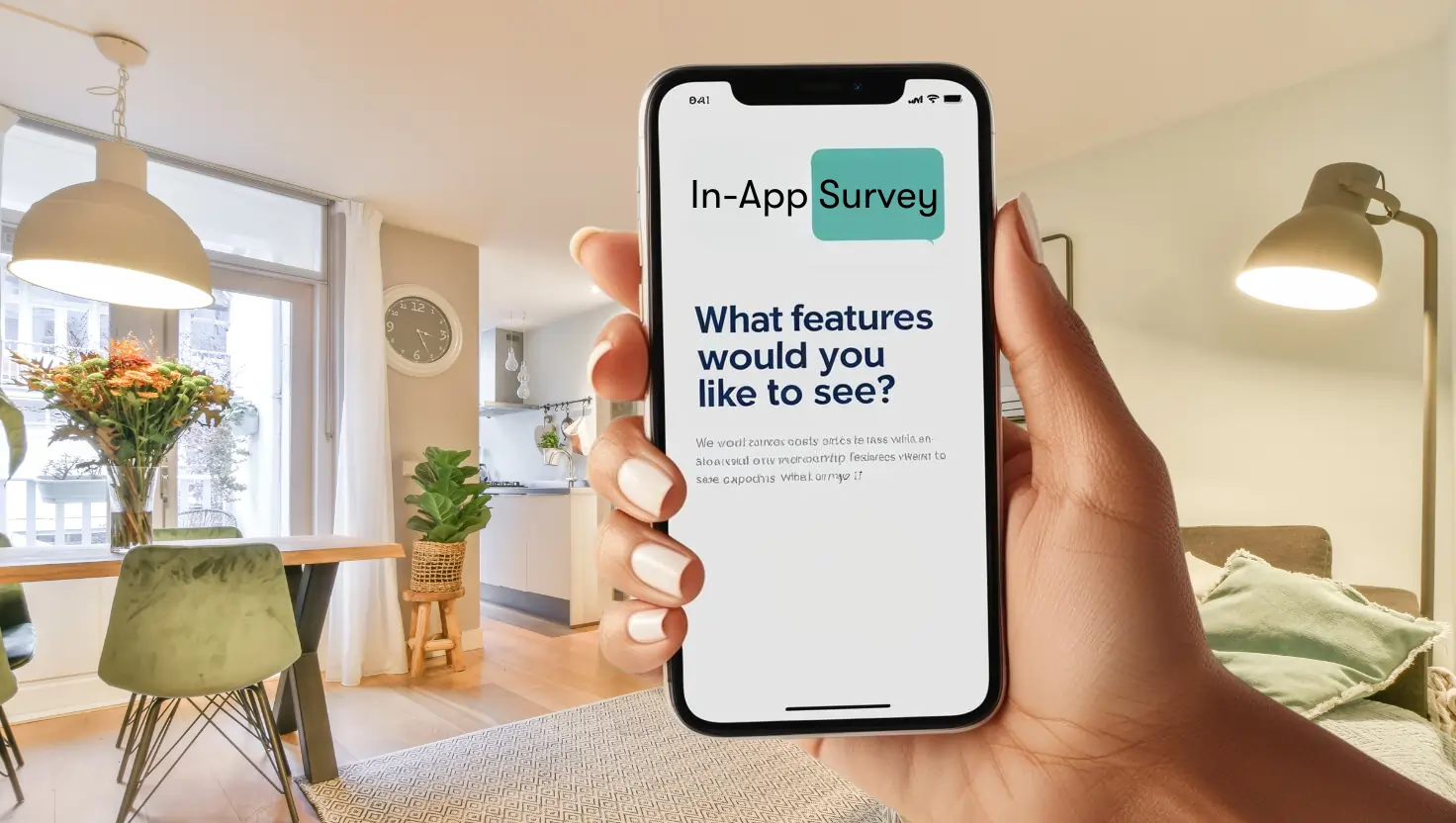
4. Customer Support Interaction Surveys
Customer support interaction surveys are sent after a customer engages with your support team through channels like chat, email, or phone. These surveys assess the quality of the support experience, helping you measure customer satisfaction and pinpoint areas for improvement in your service.
For example: Questions may include “How satisfied were you with the resolution of your issue?” or “Was the support representative helpful and courteous?” These surveys are used to ensure your support team meets customer expectations and to identify training needs for improving customer service.
5. Website Experience Surveys
Website experience surveys are tools used to gather feedback from visitors while they navigate your website. These surveys help you identify obstacles, usability issues, or missing information that might hinder a positive browsing experience.
For example: A survey might pop up asking, “Did you find what you were looking for today?” or “Was our website easy to navigate?” These surveys are ideal for improving the design, structure, and content of your website, ensuring it aligns with user expectations and facilitates their journey toward making a purchase or completing a task.
6. Event Feedback Surveys
Event feedback surveys are used to gather opinions from attendees after they participate in a webinar, conference, product launch, or other events. These surveys measure attendee satisfaction with various aspects of the event, such as content quality, speaker engagement, and overall organization.
For example: Questions like “How relevant was the content to your interests?” or “How satisfied were you with the event logistics?” provide insights into what went well and what needs improvement. Event feedback surveys are best deployed shortly after the event while the experience is still fresh in the attendee’s mind.
7. Post-Onboarding Surveys
Post-onboarding surveys are designed for new customers who have recently completed the onboarding process. These surveys help you understand how effectively the process introduces customers to your product or service.
For example: They may include questions like, “Was the onboarding process easy to follow?” or “Do you feel confident using our product?” These surveys are most effective when sent shortly after onboarding, providing insights into potential gaps or areas where customers need additional guidance.
8. Periodic Check-In Surveys
Periodic check-in surveys are conducted at regular intervals, such as monthly or quarterly, to gauge customer satisfaction and track changes over time. They are ideal for understanding long-term customer sentiments and monitoring trends. These surveys often ask general questions.
For example: “How satisfied are you with our service overall?” or more specific ones about recent experiences. Periodic surveys are especially useful for subscription-based services or industries with long customer lifecycles, helping you maintain strong relationships with your customers.
Ensure that feedback is integrated into the decision-making process: Establish a customer feedback loop to continuously gather, analyze, and act on feedback, ensuring ongoing improvement and customer engagement.
9. Exit Feedback Surveys
Exit feedback surveys are sent to customers who choose to cancel their subscriptions, stop using your service, or leave your company. These surveys aim to uncover the reasons behind their decision and provide insights into how you can reduce churn.
For example: Questions might include, “What prompted you to cancel your subscription?” or “What could we have done to retain you as a customer?” Exit surveys are critical for identifying recurring issues that may drive customers away, helping you make adjustments to retain future customers.
10. Milestone Surveys
Milestone surveys are feedback tools used to celebrate and evaluate key achievements or anniversaries in the customer journey, such as a year of using the service or reaching a specific goal. These surveys allow you to understand how customers feel about their progress and satisfaction over time.
For example: You might ask, “How has our product helped you achieve your goals?” or “What improvements would make your experience even better?” Milestone surveys are a great way to build relationships and demonstrate that you value your customers’ long-term success.
11. Transactional CSAT Surveys
Transactional CSAT surveys focus on specific interactions or transactions, such as making a purchase, receiving a delivery, or using a feature. These surveys provide immediate feedback on recent experiences, enabling you to address issues promptly.
For example: Typical questions include, “How satisfied were you with the checkout process?” or “How would you rate your recent delivery experience?” Transactional surveys are best used when the experience is fresh in the customer’s mind, ensuring accurate and actionable feedback for continuous improvement.
12. Paper Feedback Cards
Paper feedback cards are less common but often have a higher response rate. If you manage a physical location, these can be ideal for catching shoppers in the moment.
For example: Create two separate surveys: one for people who purchased and one for people who didn’t purchase. The goal is to understand why they made their decision.
Leveraging AI and Automation for Feedback Collection
Incorporating AI tools and automation software like CRM software into feedback collection transforms how businesses engage with customers. AI-powered chatbots can interact with users in real-time, while CRMs take care of the follow-up.
-
AI-powered chatbots: Interact with customers in real-time during touchpoints such as post-purchase or support interactions. These chatbots adapt dynamically to responses, ensuring personalized and relevant feedback collection.
-
Automated workflows: Automate tasks like sending surveys, reminders, and follow-ups, ensuring consistent feedback collection and freeing up human resources for other tasks.
-
Efficient data analysis: Use AI tools like natural language processing (NLP) to analyze open-ended responses, detecting trends, sentiment, and recurring customer concerns across large datasets faster than traditional methods.
-
High scalability: Handle large volumes of customer feedback efficiently, making it feasible to maintain quality insights even in high-traffic environments.
-
Timely insights: Collect and process feedback rapidly, allowing businesses to identify issues and implement changes before they escalate.
-
Competitive advantage: Modernize your approach to feedback collection, align with evolving customer expectations, and stay ahead in a fast-paced market.
Customer Interviews for Collecting Customer Feedback
Customer interviews are a step above feedback surveys because they allow you to dive deep into what the interviewee mentions. That kind of versatility isn’t possible with a normal feedback survey because it’s not interactive.
The challenge with customer interviews is that they’re more expensive and time-consuming to carry out. You have to hire or assign someone to do it, coordinate times with customers, and ensure you’re making the most of the process. If you choose to go this route, there are two major types of customer interviews.
Related Articles
In-person
If possible, schedule in-person interviews because they are a valuable method for collecting qualitative feedback. You can see their facial expressions and hear their voice, which will help you better assess their true feelings and determine if something they say is worth pursuing further. You also have the opportunity to create an environment that helps them relax and encourages them to speak candidly.
Focus Groups
Focus groups involve gathering a small group of customers to discuss their experiences and opinions about a product or service. Guided by a moderator, they provide in-depth insights, making them ideal for refining products or exploring new markets.

Over the phone
Phone interviews are useful but not as versatile as in-person interviews. You don’t have as much control over the environment, and an interviewee may get distracted. Be sure to give your interviewees instructions and set expectations before the call.
If possible, give them an incentive related to your business. They’re more likely to take the interview seriously. Focus on the way they answer your questions. Do you notice any hesitation? Do they keep repeating something, or does their inflection change? These signs could point to topics you should explore further.
Phone interviews are useful but not as versatile as in-person interviews.
Usability Testing for Actionable Feedback
Product or website usability testing is a different type of feedback that aims to improve customer retention or conversions. For example, if you have a product that is used often, you want to make it as simple as possible. If you’re successful, it’ll improve customer retention.
You can recruit usability testers on your own through your professional network or friends. This isn’t the ideal route because they may not be in your target market or they may avoid giving you honest feedback to spare your feelings. Instead, use an inexpensive service that finds testers within your target market. You only need about five usability tests per design to understand what’s working and what isn’t clearly.
Social Media Polls to Gather Customer Feedback
Social media polls are surprisingly useful for customer feedback surveys because your questions can be amplified to a wider audience. The downside is that not everyone who answers is within your target audience, so the data may be skewed slightly. Use social media polls to compare the data you get from your CSAT surveys. It’ll serve as a useful counterbalance to understand if your products have broad appeal and how to tweak them if you’ve inadvertently made your focus too narrow.
For example: If your brand has a product that helps people choose the right movie, it could use a poll that asks, “How long does it take you to find a good movie on Netflix?” or “How good do you think Netflix recommendations are?” Both questions help the brand understand, in a general sense, how acutely potential customers feel the pain point.
When you go this route, ask general questions about your niche to prevent the wrong people from answering.
For example: If you ask, “What’s your favorite website builder?” people who’ve never used one will ignore the question because they don’t have relevant experience.
Analytics Data to Understand Target Audience
Your analytics data could be a great way to understand your customers better, but it also requires a lot of inference to turn it into actionable feedback. This is indirect feedback, so the way you interpret it determines whether or not the information is useful.
For example, if you see that the duration time on specific pages is much lower than the site average, the first assumption may be that the content isn’t useful for visitors, so you change it. When that has no impact on the dwell time, you look at the data in more detail and realize that only mobile visitors have short duration times, which leads you to redesign the mobile version of the website. As you can see, the way the same data was interpreted led to different corrective actions.
SEO Optimized Website Builders
Website builders with built-in SEO optimization tools, such as Wix and Shopify, offer valuable insights into customer behavior that can serve as indirect feedback. These tools provide analytics like search queries, page rankings, and visitor traffic patterns, which help identify what customers are searching for and how effectively your site meets their needs.
For example: If a particular blog post ranks well but has a high bounce rate, it may signal a mismatch between the content and user expectations.
Additionally, monitoring search terms within your site can reveal unmet customer needs or interests. By leveraging these insights, your business can optimize its website to better align with customer intent, improving both user satisfaction and conversion rates while gaining actionable indirect feedback.
Top SEO Optimizing Website Builders
- Wix: Offers customizable meta tags, automatic site maps, and structured data for improved search engine visibility.
- Shopify: Includes SEO-friendly URLs, customizable meta tags, and analytics tailored for e-commerce success.
- Ionos: Provides keyword optimization, on-page guidance, and mobile-responsive designs to boost rankings.
Incorporating Indirect Feedback
Indirect feedback, such as heatmaps, bounce rates, and product usage patterns, reveals customer behaviors and preferences that surveys might miss.
For example: A high bounce rate can signal navigation issues, while usage metrics highlight valued features. By combining indirect and direct feedback, businesses gain a fuller understanding of customer needs, enabling data-driven improvements to enhance satisfaction and retention.
When to Collect Customer Feedback
Collecting customer feedback is an ongoing process that should be done at various stages of the customer journey. Here are some key moments when to collect customer feedback:
- After a purchase or transaction: Immediately after a purchase, customers can provide insights into their buying experience and initial impressions of the product.
- During the onboarding process: Collect feedback from new customers to understand their first experiences with your product or service and identify any onboarding issues.
- After a customer support interaction: Gather feedback following a support interaction to assess the effectiveness of your customer service team and identify areas for improvement.
- At the end of a free trial or demo: Feedback at this stage can help you understand what potential customers liked or disliked and what might be preventing them from converting to paying customers.
- After a significant change or update to a product or service: When you make changes, it’s important to know how they are received by your customers. This helps in fine-tuning the updates.
- On a regular basis, such as through a monthly or quarterly survey: Regular feedback collection helps you stay updated on customer satisfaction and track changes over time.
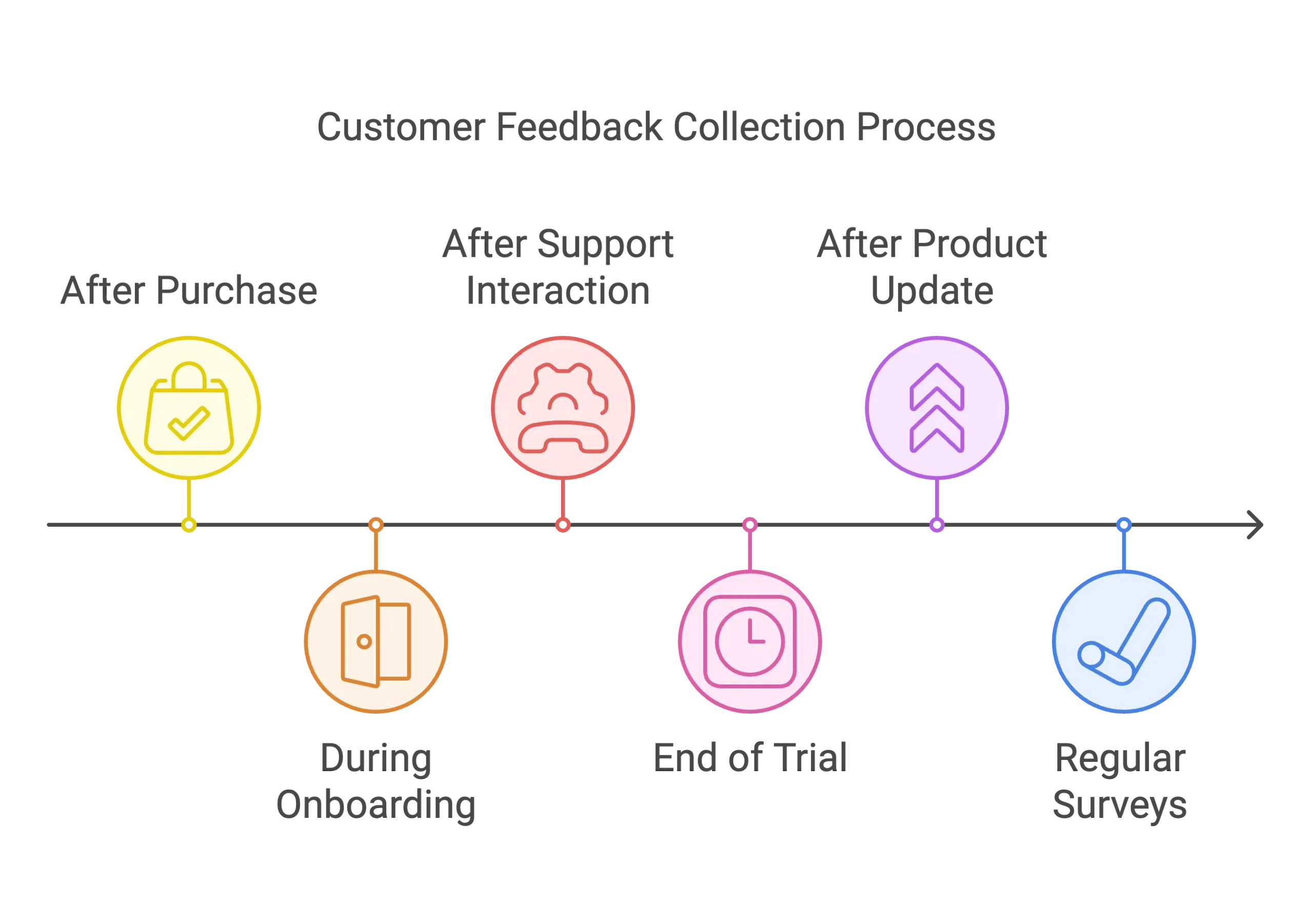
By strategically collecting customer feedback at these key moments, businesses can continuously improve their offerings and enhance the overall customer experience.
Feedback Analysis Techniques
Effective feedback analysis transforms raw data into actionable insights. Tools like sentiment analysis identify the emotional tone of customer responses, helping prioritize issues based on urgency or sentiment trends, while thematic coding organizes qualitative feedback into categories to reveal common pain points or suggestions.
Platforms like Zendesk and HubSpot offer built-in analytics that integrate feedback data with customer profiles, providing deeper insights into behavior and preferences. By using these techniques alongside visualization tools like Tableau or Power BI, businesses can easily spot patterns, track changes over time, and make data-driven improvements to enhance customer satisfaction.
Final Thoughts
Collecting actionable customer feedback is one of the most valuable steps a business can take to improve its products, services, and overall customer experience. From direct methods like CSAT surveys and in-app feedback to more nuanced approaches like indirect data analysis and culturally sensitive surveys, the possibilities are vast.
Leveraging advanced tools like Zendesk, HubSpot, and AI-driven platforms further enhances the efficiency and depth of feedback analysis, turning raw data into meaningful insights.
Customer feedback isn’t just about solving problems — it’s about building relationships. When businesses actively listen to their customers, acknowledge their input, and act on it, they create a culture of trust and continuous improvement. By strategically integrating feedback collection into your business processes, you address customer needs while staying agile in a competitive market.
Start small, stay consistent, and let your customers guide you toward sustainable success.
FAQs
Q: What is the best way to collect customer feedback for a small business?
A: For small businesses, simple methods like post-purchase CSAT surveys or in-person feedback are highly effective. Use tools like Typeform or Google Forms to create surveys, and consider leveraging free feedback options on social media platforms to engage with customers directly.
Q: How often should businesses collect customer feedback?
A: Feedback collection should be an ongoing process. Key moments include after purchases, during onboarding, post-support interactions, and after implementing significant changes. Regular check-ins, such as monthly or quarterly surveys, help track long-term customer satisfaction trends.
Q: How can I ensure feedback surveys resonate with international customers?
A: To cater to global audiences, ensure your surveys are culturally sensitive by tailoring language, tone, and question formats. Use region-specific translations and avoid idiomatic expressions that might be misunderstood. Tools like Zendesk and HubSpot can help localize surveys effectively.
Q: What should I do with negative feedback?
A: Treat negative feedback as an opportunity to improve. Analyze the concerns to identify recurring issues, address them promptly, and communicate the changes back to your customers. Acknowledging and acting on negative feedback builds trust and demonstrates your commitment to customer satisfaction.
